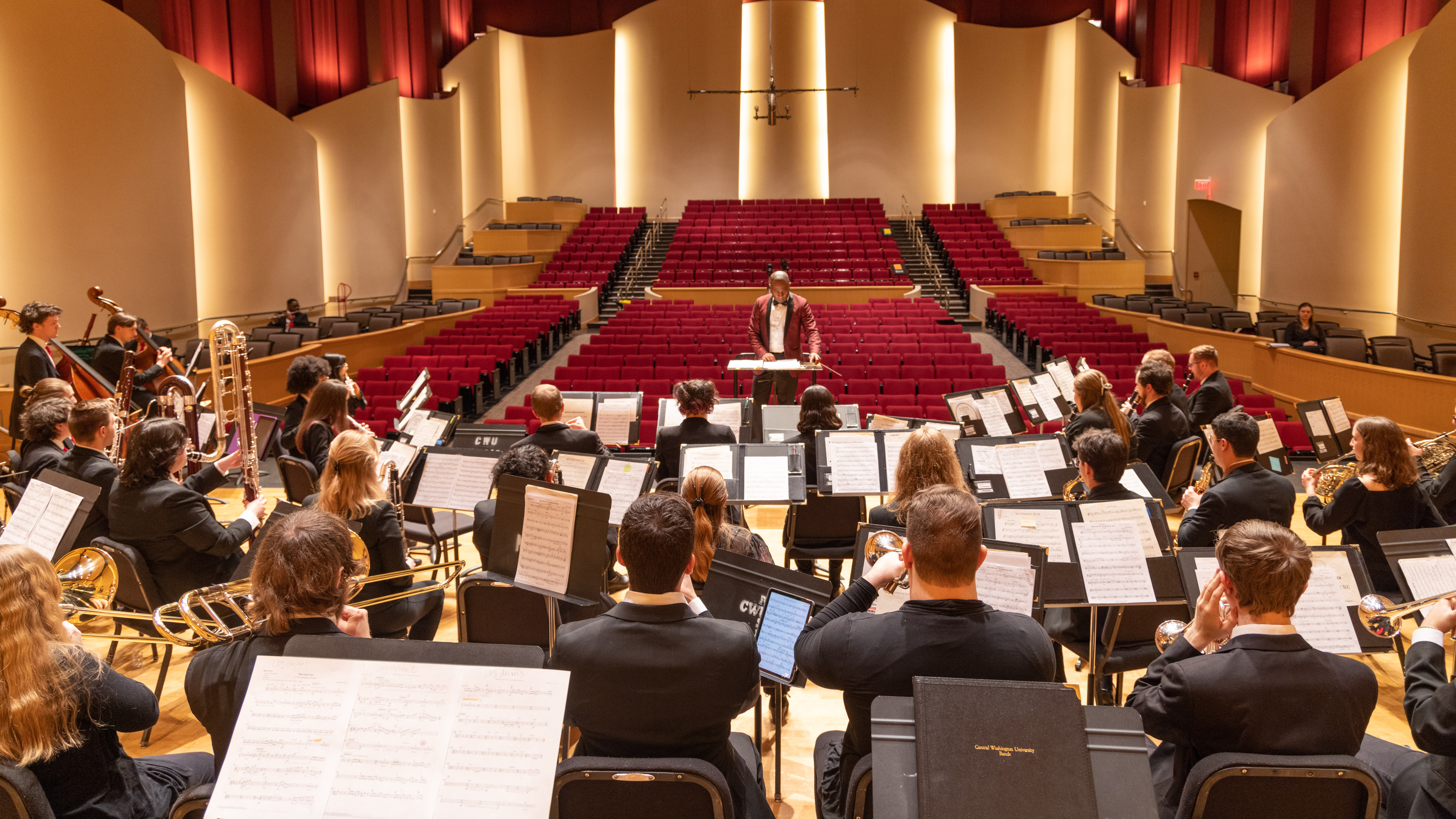
Music
Graduate Music Theory Review
The Graduate Theory Diagnostic Exam will consist of four parts. These are outlined below, along with a list of concepts for study.
Parts I and II. Musical Form (45%)
Score excerpts will be presented, along with a series of questions designed to demonstrate your understanding and application of musical form.
Concepts to study:
- sonata-allegro
- rondo
- sonata-rondo
- theme and variations
- binary (simple sectional, simple continuous, simple rounded binary, rounded continuous)
- ternary
- fugue
- passacaglia
- chaconne
Part III. Melodic and harmonic analysis (35%)
Score excerpt(s) will be presented, along with a series of questions designed to demonstrate your understanding of Roman numeral analysis, non-chord tones, part-writing, and polyphonic devices.
Concepts to study;
- Roman numeral analysis
- modulation (direct, common chord, common tone, chromatic, enharmonic) passing tones (accented and unaccented)
- neighbor tones (upper, lower, double)
- appoggiatura
- suspension
- anticipation
- retardation
- escape tone
- pedal tone
- double (invertible) counterpoint
- cadences (perfect authentic, imperfect authentic, half, Phrygian, deceptive) antecedent and consequent phrases
- diminution
- augmentation
- imitation
- anon
- inversion
- double (invertible) counterpoint
- retrograde
- stretto
Part IV. Non-tonal analysis (20%)
Score excerpt(s) will be presented, along with a series of questions designed to demonstrate your understanding of 20th/21st-century concepts.
Concepts to study:
- diatonic modes (Ionian, Dorian, Phrygian, Lydian, Mixolydian, Aeolian, Locrian) pentatonic scales (Major, minor, Hirajoshi)
- synthetic modes (Phrygian-Dorian, Lydian-Mixolydian, whole-tone, octatonic, hexatonic) planing (diatonic and chromatic)
- extended tertian chords
- split-chords
- polychords
- polytonality
- quartal and quintal harmonies
- secundal harmony
- pandiatonicism
- polymeter
- ametric rhythm
- metric modulation
- added value
- non-retrogradable rhythm
- pitch-class (pc) sets
- normal order
- prime form
- interval-class vector (ICV)
- dodecaphonic composition
- prime, inversion, retrograde, and retrograde inversion
For more information, please contact Dr. Jiyoun Chung.
CWU News

Online Master’s of Education program now offers special education endorsement
May 15, 2024
by Rune Torgersen

Lenny Price brings Detroit perspective to CWU Jazz
May 15, 2024
by University Relations